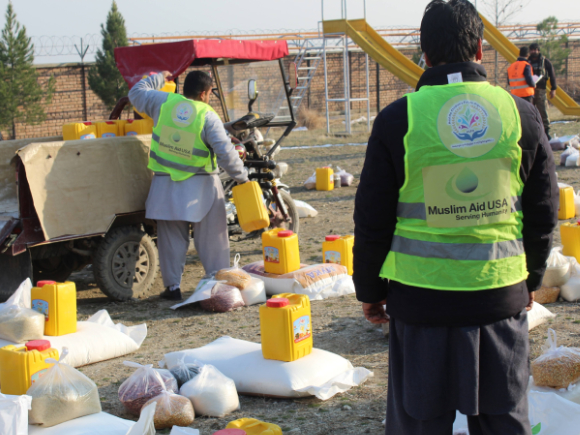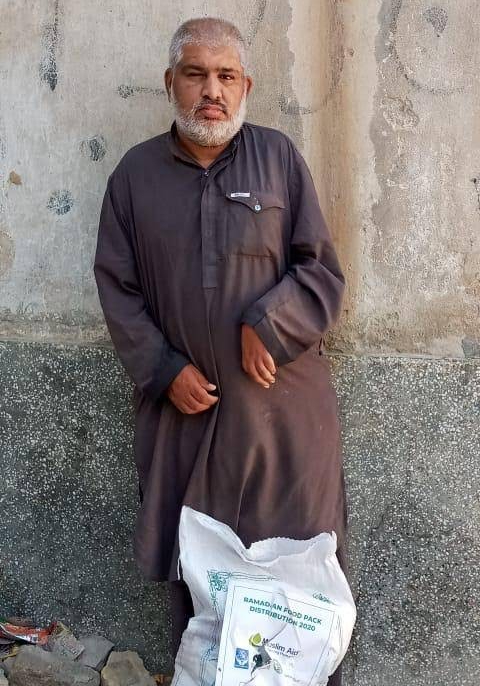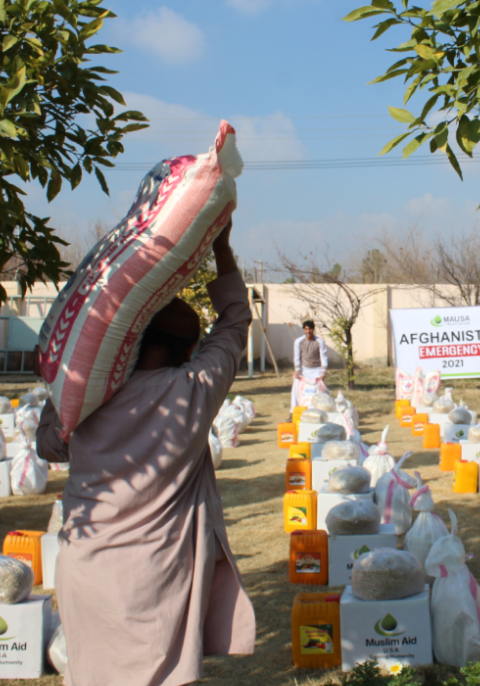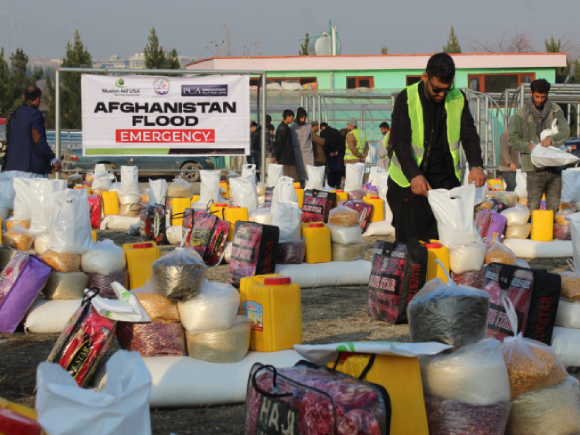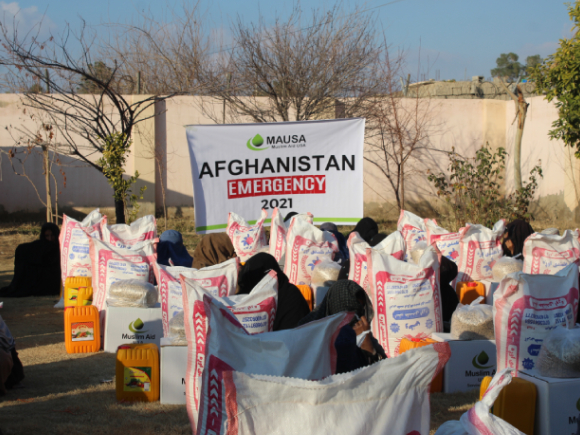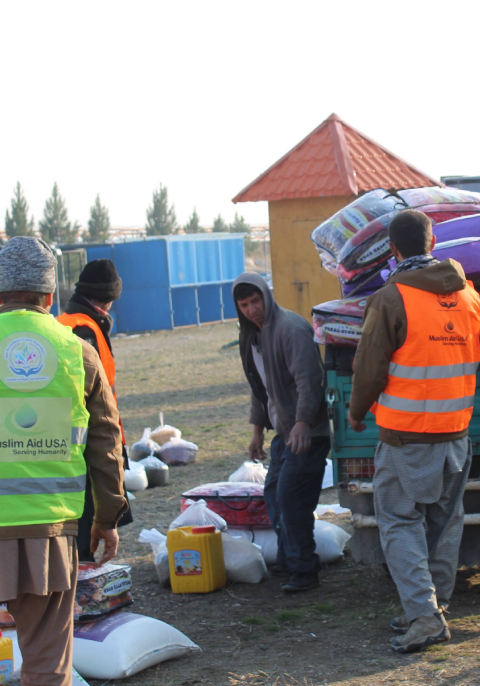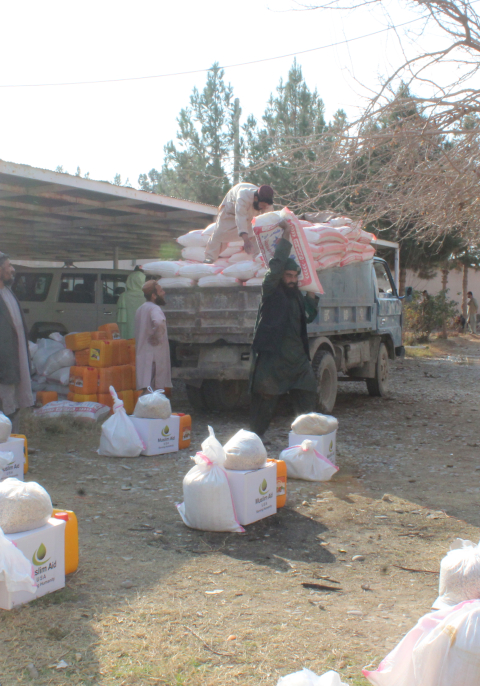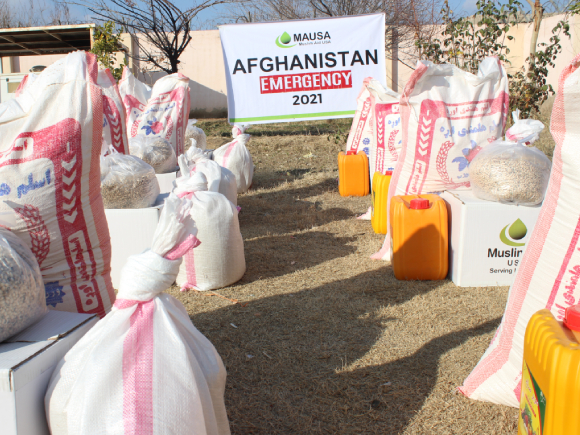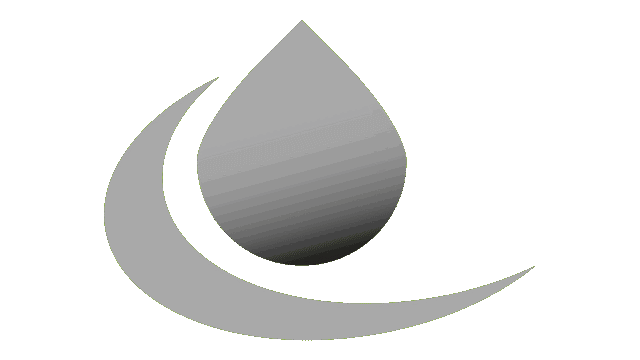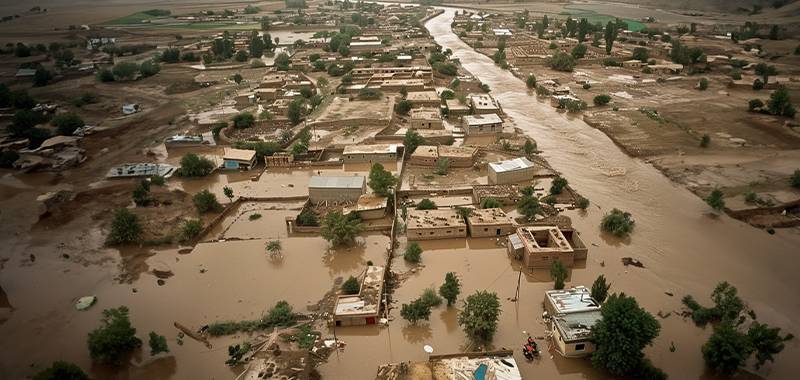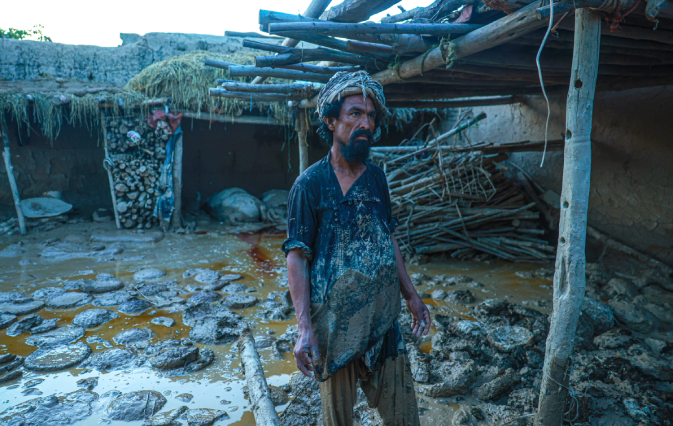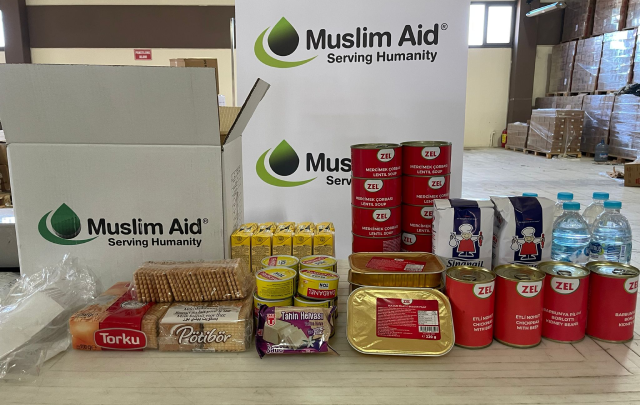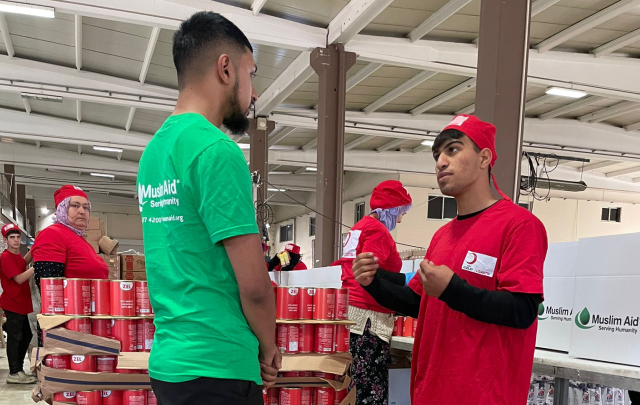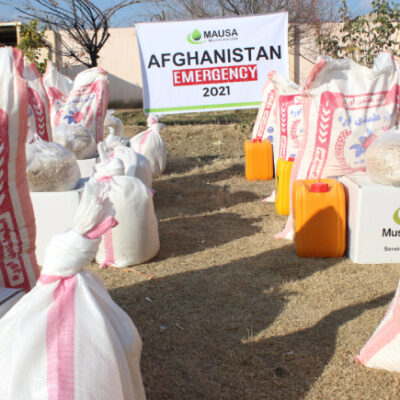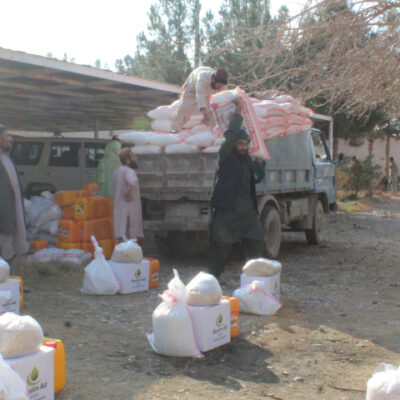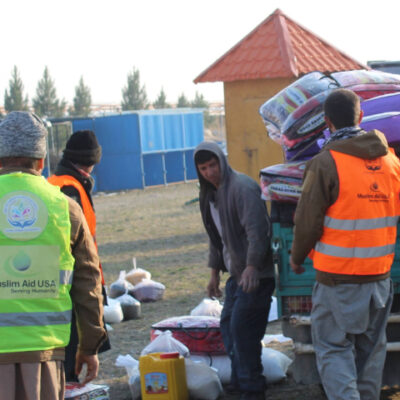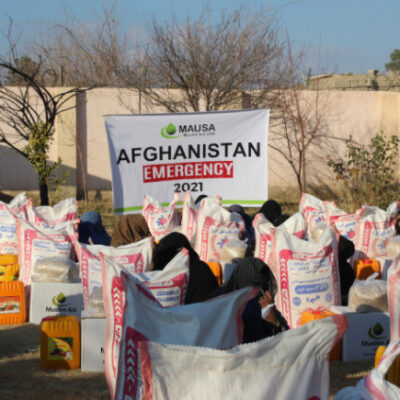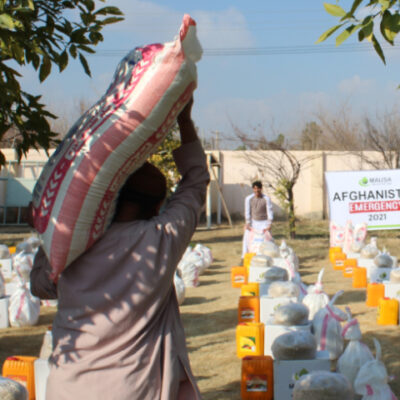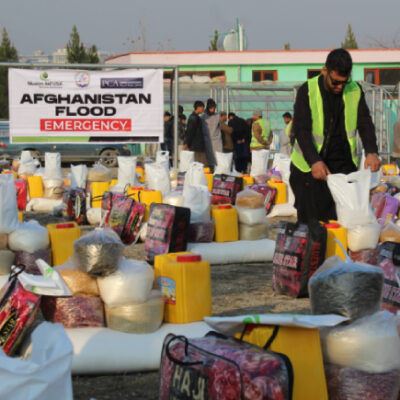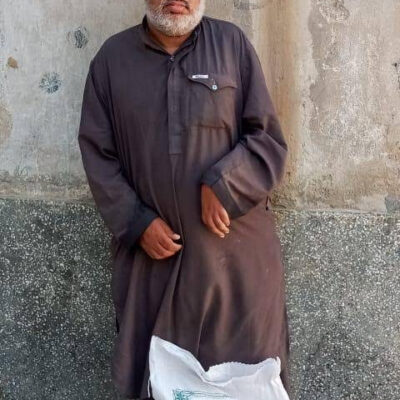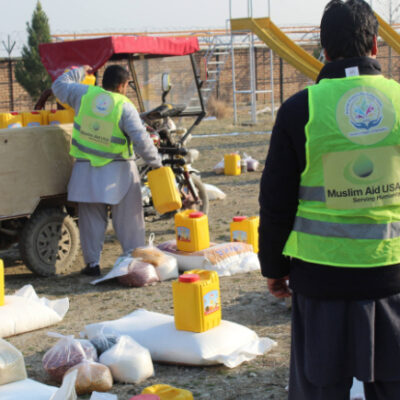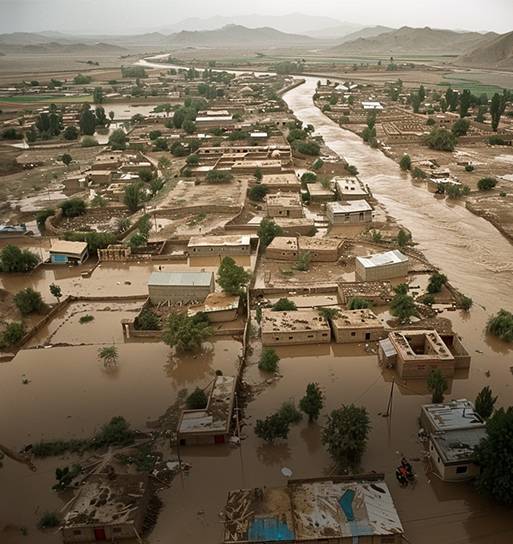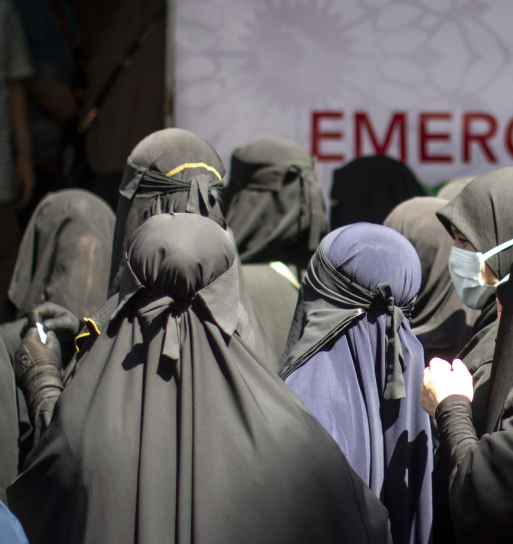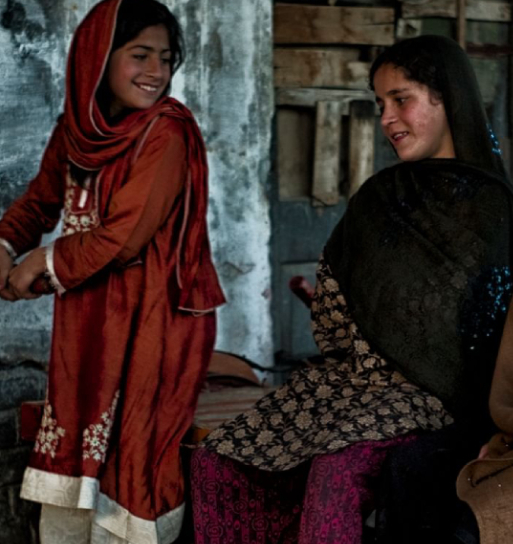The recent flash flooding in Afghanistan has claimed at least 315 lives and inflicted severe injuries on 1,600 others. The floods have also swept away nearly 3,000 homes, with hundreds of people still missing.
The impact goes beyond immediate losses; approximately 80% of the country’s population relies on agriculture, and the floods have destroyed livestock and fertile lands. This disaster strikes a particularly harsh blow in a country already grappling with prolonged droughts.
The humanitarian crisis in Afghanistan is becoming the worst in the world.
Hunger in Afghanistan has reached record levels due to conflict, economic collapse and ongoing drought.
90 % of Afghans are surfing from food insecurity and only 42 percent of Afghans have access to safe drinking water.
With approximately 37.5 million people, more than half of whom live below the poverty line, Afghanistan ranks amongst the most malnourished regions internationally.
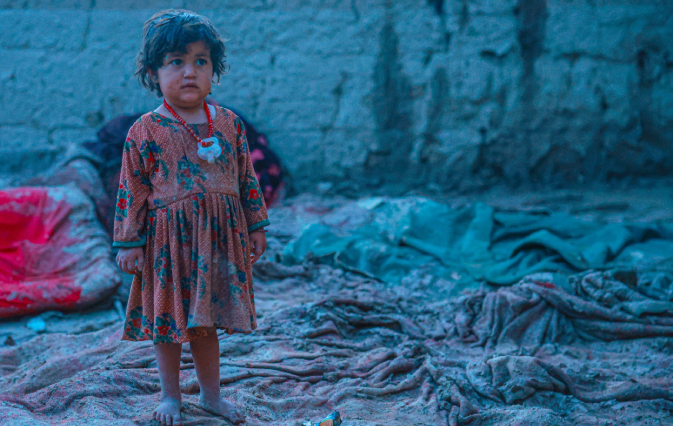
Our team at MAUSA is working on the ground with local partners to distribute essential supplies, including food packages, clean water, and hygiene kits.
Despite our efforts, the need remains urgent. The WHO emphasizes the need for shelter, food, and medical services in Baghlan province, where thousands are displaced.
In these challenging times, your support can bring both aid and hope to those affected.
Let’s come together to alleviate their suffering and help rebuild their lives.

Clean Water
For as little as $25 you can provide clean water for one person for up to 10 years

Emergency packages
For $380 you can provides 4 Emergency Food Packages

Food Packages
For $95 you can provide enough food for an entire month

22.8 million
Afghan people, more than half the country’s population, are facing potentially life-threatening levels of food insecurity.
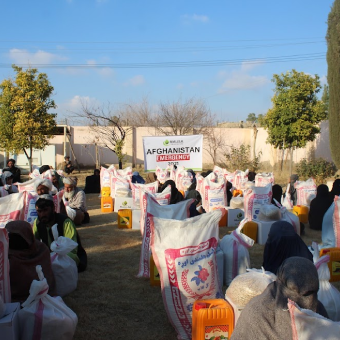
About 1 million
are on the brink of starvation
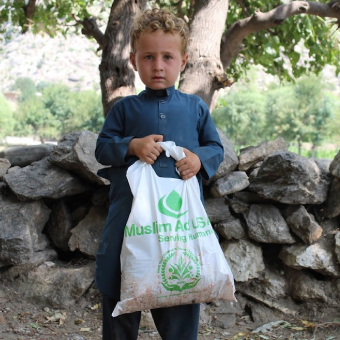
More than 90%
of Afghans have been suffering from some form of food insecurity

Around 8 out of every 10
Afghans drink unsafe water.
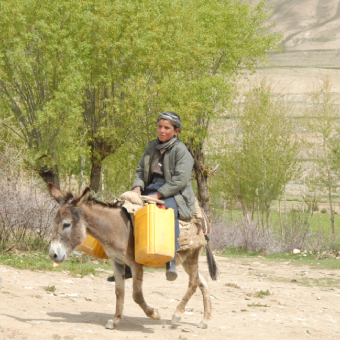
97% of children
in Afghanistan (15.6m children) live in areas of high, or extremely high, water vulnerability
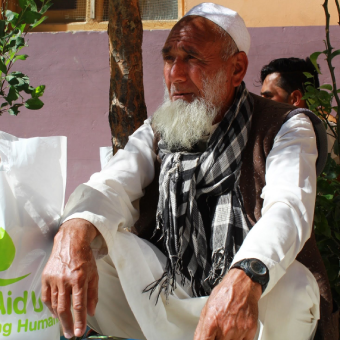
4.3 million
Afghans are living in internal displacement
#MAUSA
